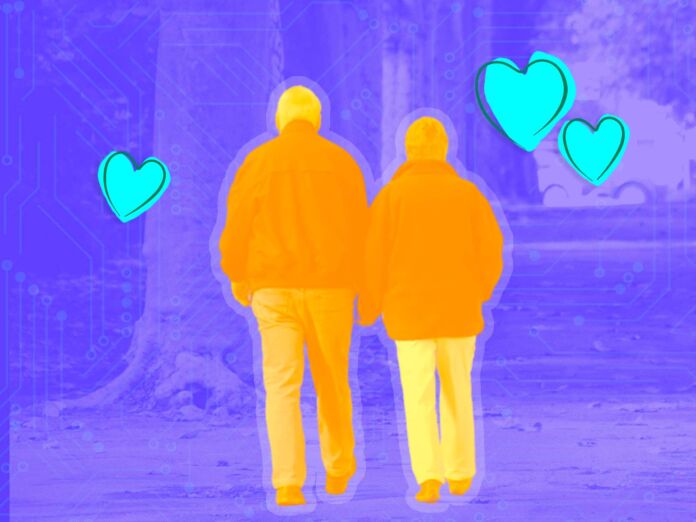
As the elderly population continues to grow, there is an ever-pressing need to find innovative ways to sustain independence and elderly health monitoring. The biggest challenge is to find the right balance between providing elderly safety and allowing seniors to maintain their autonomy.
While engaging 24/7 live-in help or admitting a senior person into state care are common options, they are not the only ones available. IoT technology and IoT-enabled health services are two innovative solutions within the medical IoT ecosystem that are being increasingly explored for this purpose. IoT smart healthcare solutions incorporate sensors, wearables, and other IoT-enabled devices into the daily lives of seniors to provide them with enhanced safety, comfort, and care.
“The biggest challenge is to find the right balance between providing elderly safety and allowing seniors to maintain their autonomy.”
These smart devices are placed around the seniors’ homes to monitor their activity levels. If a sudden decrease in movement or a prolonged period of inactivity is detected by the motion sensors, an alert is sent to a caregiver or family member to check on their well-being. Similarly, wearables such as smartwatches can monitor vital signs such as heart rate and blood pressure, and alert caregivers in case of any abnormal readings.
IoT technology can also be used to automate routine tasks and provide remote assistance. For instance, smart home devices can be connected to voice-activated assistants to enable seniors to control their home environment with simple voice commands. This includes turning on lights, adjusting the temperature, or even making phone calls without having to physically interact with any device. Furthermore, IoT-powered medication dispensers can automatically remind seniors to take their medication on schedule, and even notify caregivers in case of missed doses.
One of the most significant advantages of M2M (machine-to-machine) communication solutions is that they can provide seniors with peace of mind and personal safety by reducing the risk of falls, accidents, and other health-related incidents, providing seniors with the confidence to live independently for longer. Furthermore, IoT technology can also help caregivers and family members check on those in their care without intruding on their privacy. With real-time data and alerts, caregivers and family members can monitor those in their care remotely, quickly respond to emergencies, and assist when needed. This ensures that seniors receive the care and support they need without having their lifestyles completely changed.
Smart home technology can detect a wide range of activities, including waking up, visiting the bathroom, leaving the house, eating, and using appliances. Together with other health informatics, data is transmitted to a remote IoT platform via LoRaWAN, Narrowband (NB-IoT), or mobile networks, allowing caregivers and healthcare providers to monitor the senior’s activities in real-time and provide timely assistance if needed.
In summary, the Internet of Things (IoT) technology presents a significant opportunity to improve the lives of seniors, especially those with cognitive impairment such as Dementia sufferers. Through the use of IoT devices and platforms, seniors can enjoy more independent living while still receiving necessary support. Overall, IoT technology has the potential to revolutionize the way seniors age and live independently. It’s a promising development that can improve the quality of life for seniors and provide peace of mind for their loved ones.
Tweet
Share
Share
- Healthcare
- Aging in Place
- Elderly Care
- IoT Platforms
- Medical Devices
- Healthcare
- Aging in Place
- Elderly Care
- IoT Platforms
- Medical Devices
